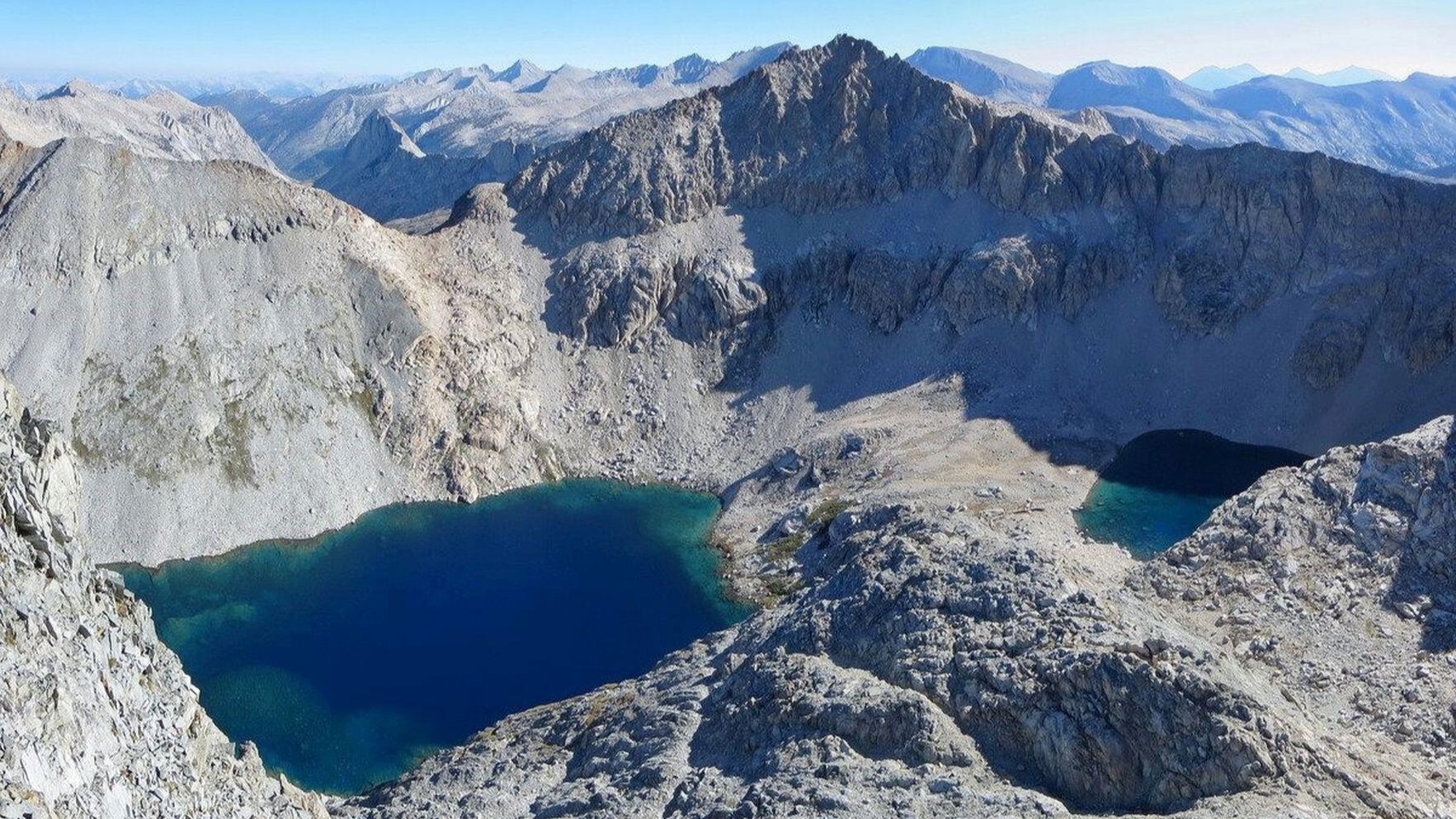
Enlighten '10 Goes Deep Under the Ocean
Rv Thompson

Cargo for the Enlighten '10 expedition was loaded on board the R/V Thompson prior to the mission.
Jason Deployed
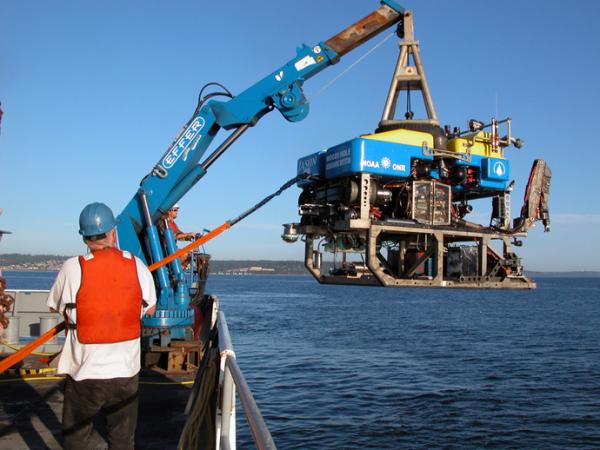
Jason, an underwater robot, was deployed on July 26 in the Puget Sound to take pictures of the seafloor almost a mile underwater.
Microbial Mats

Extensive bacterial mats and clam beds were imaged and mapped at the Southern Hydrate Ridge.
Monica Rock Sample
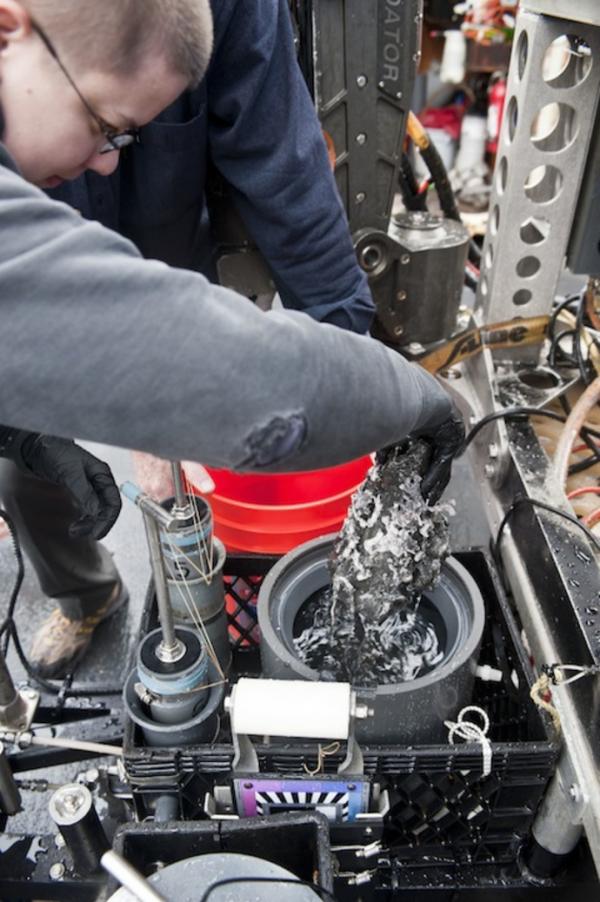
When Jason returned from its imaging mission, Monica, a University of Washington graduate student, removed a sulfide sample from Jason's biobox.
Jason Drill Sled

The Jason crew lowers the robot onto a drill sled that was used to drill into a black smoker hydrothermal vent. Sensors were placed into the drill holes to monitor temperature and record the activity of microbial communities within the walls of the vent.
Black Smoker Chimney

This black smoker chimney in the ASHES Hydrothermal Field was imaged as a part of the mission. The porous walls of the chimney leak hydrothermal fluids that support dense colonies of tubeworms and limpets. This location may become a hot spot as part of the project to wire this region of the ocean with high-tech sensors.
Carla Shrunken Heads
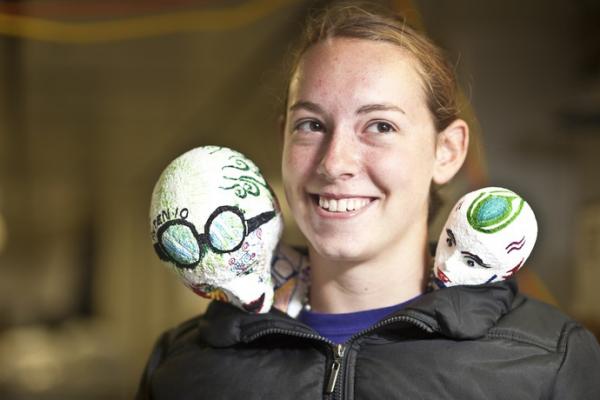
Carla, a research team member, models Styrofoam heads that were decorated and then sent down to 8,200 feet (2,500 meters) below the surface, where they shrank from the immense pressure. The pressure at this depth is up to 200 times greater than on the surface.
Get the world’s most fascinating discoveries delivered straight to your inbox.
Rv Thompson Uw
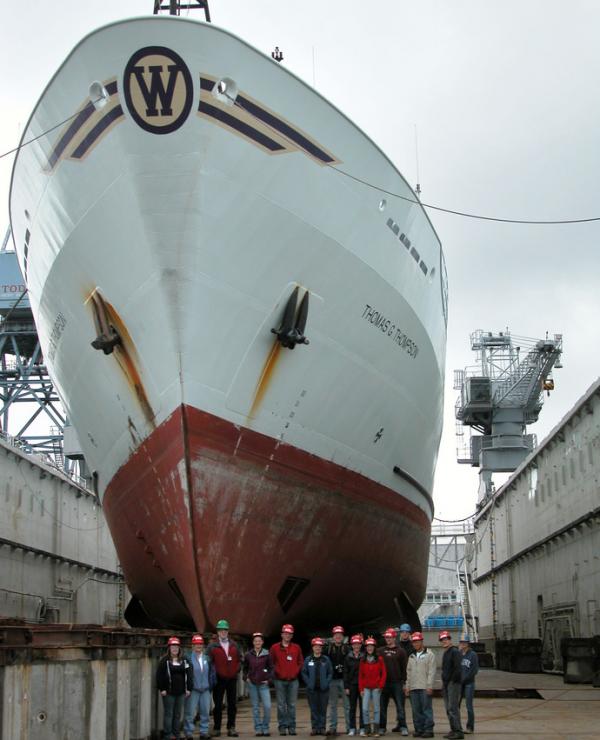
The bow of University of Washington's R/V Thomas G. Thompson, with research team members in front of the ship.

